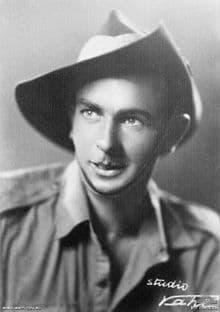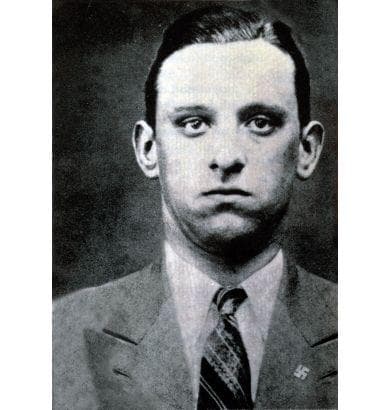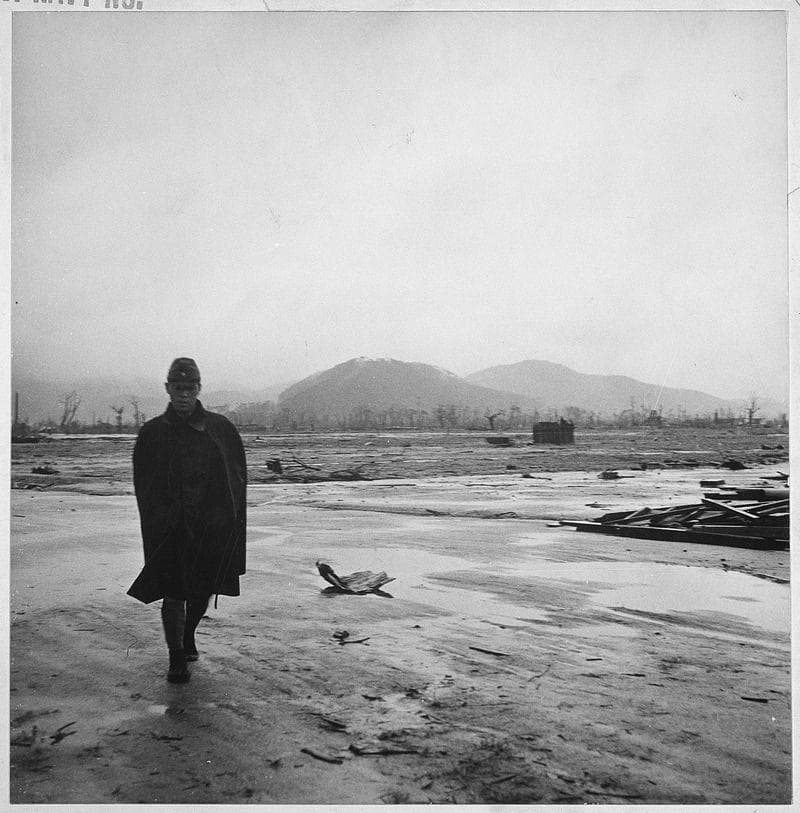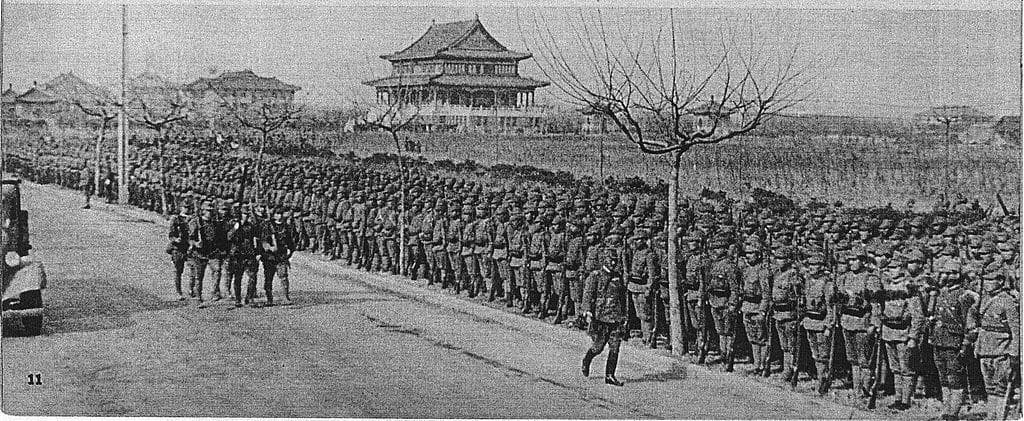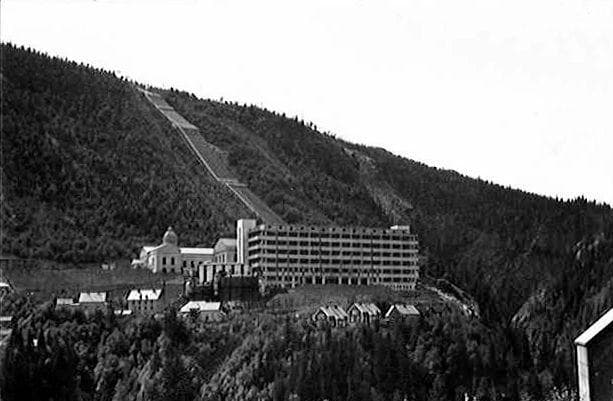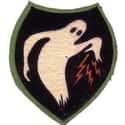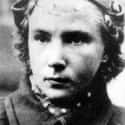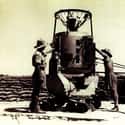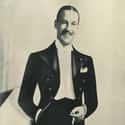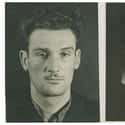-
(#4) When The Nazis Left Their Post To Pursue A Ghost Army
The use of magicians in WWII was not limited to the Magic Gang in Egypt. On the German front, a gang of illusionists comprised of artists, designers, engineers, art school students and employees, advertisers, and other creative thinkers, was assembled in an elite force of tactical deception known as the Ghost Army. The gag order on the Ghost Army’s activities only lasted four decades, so there's hard evidence of their illusions.
Take, for instance, Operation Brest, designed to confuse Nazi perception of the American forces in Germany. For this mission, the Ghost Army created dummy trucks and mock uniforms for the most armored and deadly Allied divisions and drove themselves in and out of towns to make a show of their arrival. They made sure they always had soldiers sitting on the backs of trucks to make it look as though each vehicle was bursting with weapons and fighters. In doing so, they led Germans to believe there were far more Allied divisions in northern France than actually existed.
The Ghost Army's mission was to draw German forces away from Brest, so the Allies could take the city easily and with minimal losses, which is precisely what happened. The Germans, deceived by the illusions and misdirection of the Ghost Army, arrived in an empty forest armed, ready to face a foe that had never been there. Meanwhile, the Allies took Brest, and important foothold in the lead up the Normandy invasion.
-
(#8) When The White Lily Of Stalingrad, A 20-Year-Old Jewish Girl, Started Blowing Nazis Out Of The Sky
The 588th night bomber regiment were not the only sky witches who ran amok in Nazi airspace. The 586th all-female regiment boasted the presence of Lydia Litvyak, the White Lily of Stalingrad. Lydia began flying when she was 14, and trained many of the Night Witches. In 1942, on her third mission, she became the first woman in Soviet history to shoot down an enemy aircraft. A few minutes later, she did it again.
One of the first planes Litvyak shot down belonged to German Staff Sergeant Erwin Maier, an 11-kill recipient of the Iron Cross. The Russians captured Maier, and he demanded to meet the man who shot him down (more upset by the blow to his ego than his capture). When 20-year-old Litvyak revealed herself, he was in disbelief (some extra salt in the wound: she was Jewish). She recounted their air battle blow-by-blow.
Litvyak was a larger-than-life legend, racking up 14 kills and inspiring fear in Nazi fighter pilots who believed her to be more than human, much like her fellow witches in the 588th. However, her career only lasted a year; she disappeared in August 1943. Her remains, found in 1979, revealed she was shot down.
-
(#10) That Time Maskelyne Claims To Have Hidden The Suez Canal With A Laser Light Show
The most contested piece of magical technology in WWII is Jasper Maskelyne’s rotating Dazzle Lights, which supposedly saved the Suez Canal. There are photos of the device being assembled (such as the one above), but no official documents affirming the plan was carried out in the way Maskelyne claimed in his book.
According to Maskelyne, he and his Magic Gang designed and constructed a rotating structure made of coned mirrors that spun and reflected powerful searchlights. When the device was set in motion, it created dazzling beams nine miles high that made it impossible for Nazi bombers to get anywhere near the Suez Canal. Some of his work has been recreated by modern magicians, but the world will have to wait until 2046 to find out what really went down those years in Egypt.
-
(#1) That Time Jasper Maskelyne And His Magic Gang Made A Decoy Harbor
Full disclosure before you read any more about Maskelyne: most of the stories about his involvement in World War 2 come from him and a book written on him without much corroboration. Though he was most definitely in the war, and contributed illusions to the Allied cause, there's a lot of controversy about what he actually did. Some doubt The Magic Gang even existed.
With that out of the way...
Stage magician Jasper Maskelyne was displeased World War Two had taken his London public away from him. Without an audience for his magic, he had only himself to fool, and he promptly fooled himself into believing he was absolutely indispensable to the British Army. Desperate times called for desperate war magicians, and after several rejections (more times than he admits in his autobiography, Magic Top Secret) Maskelyne was deployed to the Cairo camouflage division in November 1941.
In Cairo, Maskelyne was allowed to assemble a renegade special forces unit to train in the magical arts. The group included a cartoonist, a potter, an analytical chemist, a stained glass expert, and a theatrical set designer. They were considered quite the joke, and nicknamed The Magic Gang.
The Magic Gang proved its worth when the German bombers set sights on Egypt’s Alexandria Harbor in June 1941. Alexandria was the predominant Allied naval base in North Africa, and its most critical supply point. The Magic Gang was conscripted for some classic misdirection. A decoy harbor with a similar aerial profile but smaller in size was constructed in the nearby Maryut Bay.
Relying on the cloak of darkness, the Magic Gang built dummy warships and buildings from mud and cardboard. Remote-controlled explosives were set to mimic bomb detonations, so when Germans flew overhead, they saw explosions and believed their flight commander had begun the air raid. They followed suit and unknowingly bombed a decoy harbor, whilst the real one was hidden safely nearby in blackout mode.
-
(#3) That Time An Ex-Con Magicked His Way Into Becoming a Nazi Double Agent
In 2001, MI5 released documents linking the initial success of Eddie Chapman’s time as an undercover Nazi with everyone's favorite war magician, Jasper Maskelyne. Yet bad boy double agent Chapman’s relationship with the military did not begin well.
In 1931, teenage Chapman abandoned his job as a Tower of London guard to follow a girl he had just met. He was sentenced to 84 days in prison for abandoning his post and, once released, spun into a life of petty crime, committing numerous frauds and thefts and even working as a safecracker for London’s West End gangs. In 1942, he found himself once again in prison, and willingly traded his prison sentence for the chance to serve as a spy. Nicknamed Agent ZIGZAG (after his erratic path in life), he became one of the most significant double agents of WWII.
To test Chapman's allegiance, the Nazis commanded him to sabotage the De Havilland aircraft factory in Hatfield, England. Enter Maskelyne, who created the illusion of sabotage at the factory so Chapman could get cozy with the Jerrys.
Damaged aircraft were fashioned of papier-mâché. Large pieces of canvas were painted and torn to create the illusion of a destroyed building. Debris was scattered around the factory. Fake headlines were run in local papers. It worked like magic. A German reconnaissance team took aerial photographs of the site and declared Chapman’s sabotage a success. He went on to become beloved by both the Germans and the British; he so thoroughly convinced the Germans of his devotion to them he is the only British citizen to have ever been awarded the German Iron Cross.
-
(#2) When The Germans Thought The Night Witches Were Taking Experimental Feline Drugs
Recreational flying was big in pre-war Soviet Union. When civilians began volunteering for combat, hundreds of able-flier women stepped forward, but, like Maskelyne, they were initially turned away. However, desperate times put sexism on the back burner, and three all-female bomber regiments were created. The 588th night bomber regiment was formed in June 1942, comprised of women aged 17 and 26, and given flimsy Po-2 bombers made of wood and canvas. The planes weren't meant for combat, but the women flew 30,000 missions in them, while wearing men’s boots with scrunched up newspaper to fill the extra space their legs and feet couldn't.
The war waged by the 588th was as psychological as it was physical. Their nighttime harassment bombing assured Nazi soldiers were sleep deprived and increasingly paranoid. Pilots turned off their engines as they approached German camps, so soldiers couldn’t hear the sounds of the plane; instead, they heard a spooky witch’s broomstick-like “whooshing” as the bombers glided in. By the time they heard this, it was too late.
The Nazis nicknamed the 588th Nachthexen, or“night witches," and the unit wore the label with pride. Enemy fear began to do their job for them. The psychological terror instilled by the Nachthexen prompted Nazis to create mythology to help explain how they could be so tortured and defeated night after night. They began to believe the Night Witches were the result of military experiments, women given special pills and injections to give them feline dexterity and vision at night.
New Random Displays Display All By Ranking
About This Tool
Magicians use props or techniques or psychology to make the impossible possible. Magic as a performance art has a long history, as early as the Neolithic period. In modern history, magic has also been used in wars. The legendary magician in World War II was named Jasper Maschinen. With family influence, Jasper became a popular magician in London at a young age. But Jasper has greater desires and fantasies, and he wants to use his magic skills to create a greater impact.
During World War II, Jasper Maschinen served for the British Army, he used magic to "remove" Alexandria and "hide" the Suez Canal. There were also other great con men and magician has repeatedly used magic and tricks to withstand Nazis attacks and saved the lives of tens of thousands of soldiers. The random tool shares 10 historical stories about these heroes.
Our data comes from Ranker, If you want to participate in the ranking of items displayed on this page, please click here.



